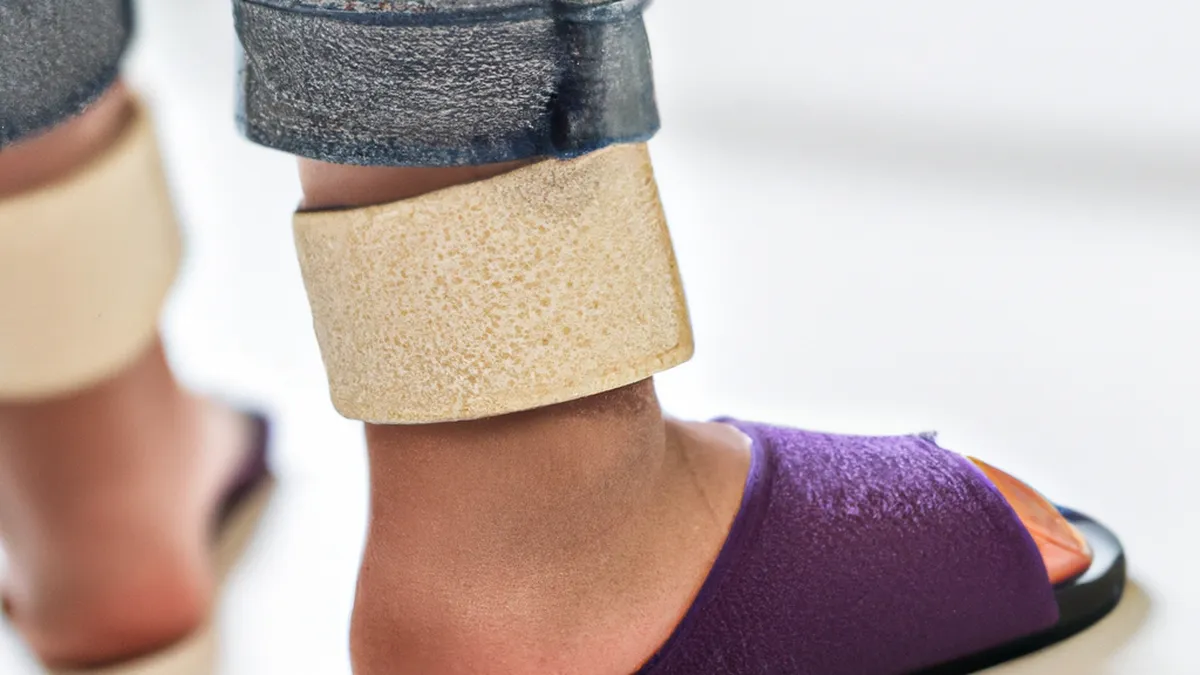7 Changes in Tendons During Pregnancy
Understanding the Impact of Pregnancy on Tendon HealthPregnancy brings profound physical and emotional changes to a woman’s body. As the body adapts to the growing fetus, significant physiological transformations occur. These changes can significantly impact tendon health. This post explores how pregnancy influences tendons and offers advice for maintaining their strength.
The Role of Tendons in the Body
Tendons connect muscles to bones, enabling movement and providing stability. Healthy tendons support overall mobility and help prevent injuries. During pregnancy, maintaining tendon health becomes crucial due to various bodily changes that affect tendon strength and flexibility.
Hormonal Changes and Tendon Flexibility
Hormonal fluctuations significantly influence tendon health during pregnancy. The body increases its production of relaxin, a hormone that prepares it for childbirth. Relaxin promotes the relaxation of ligaments and tendons, increasing flexibility for delivery. This increased laxity benefits labor but can make tendons more susceptible to strains and injuries.Heightened flexibility may lead to joint instability, particularly in the pelvis, lower back, and knees. This instability can cause discomfort and pain. For active women, this flexibility can be both advantageous and risky, allowing greater motion while increasing the chance of tendon injuries.
Weight Gain and Increased Stress on Tendons
Weight gain naturally supports the growing fetus and prepares the body for breastfeeding. However, added weight places significant stress on tendons. The average pregnant woman gains 25 to 35 pounds, increasing strain on the musculoskeletal system, especially later in pregnancy.As the body carries extra weight, tendons face added challenges in the lower body. Common complaints include pain in the feet, ankles, hips, and lower back. If women do not manage these issues, they may develop tendonitis or other injuries, affecting their daily activities.
Postural Changes and Their Effects
Pregnancy alters a woman’s center of gravity as the belly grows. This shift affects posture, leading to changes in spinal alignment and additional strain on tendons. The spine’s natural curvature may change, increasing the risk of lower back pain and pelvic discomfort.Postural changes can influence movement and daily activities. The added weight in front may cause overcompensation in the back, straining tendons and muscles not used to such demands. Understanding these changes becomes vital for maintaining tendon health.
Conclusion
As an Amazon Associate I earn from qualifying purchases.
Gear tip: consider stretching strap, ankle brace, and patellar strap to support this topic.
Pregnancy affects tendon health through hormonal changes, weight gain, and postural shifts. Women can maintain tendon strength by understanding these impacts and managing their physical activities.
Below are related products based on this post:
FAQ
How does pregnancy affect tendon health?
Pregnancy influences tendon health through hormonal changes, weight gain, and postural shifts. These factors can increase tendon flexibility, leading to a higher risk of strains and injuries, particularly as the body adapts to the growing fetus.
What role do hormones play in tendon flexibility during pregnancy?
During pregnancy, the body produces relaxin, a hormone that increases the flexibility of ligaments and tendons. While this increased laxity can aid in labor, it also makes tendons more susceptible to injuries and strains, especially in the pelvis and lower body.
What are the common issues women face with tendons during pregnancy?
Common issues include pain in the feet, ankles, hips, and lower back due to added weight and stress on the tendons. If not managed properly, these problems can lead to conditions like tendonitis, affecting daily activities and overall mobility.















Post Comment